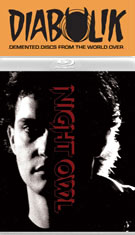
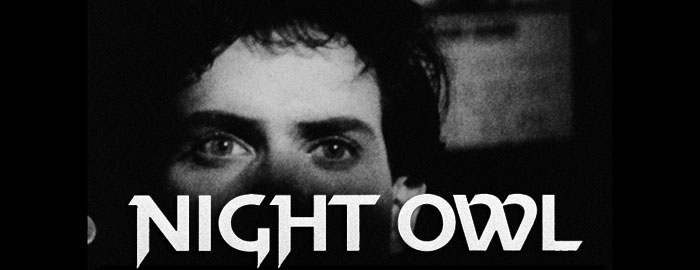
B&W, 1993, 82 mins. 48 secs. / 75 mins. 11 secs.
Directed by Jeffrey Arsenault
Starring James Raftery, John Leguizamo, Ali Thomas, Lisa Napoli, Screamin' Rachael, David Roya, Yul Vazquez, Caroline Munro
Vinegar Syndrome (Blu-ray & DVD) (US R0 HD/NTSC), Sub Rosa (DVD) (US R0 NTSC)
 strange was in the air in Manhattan in
strange was in the air in Manhattan in 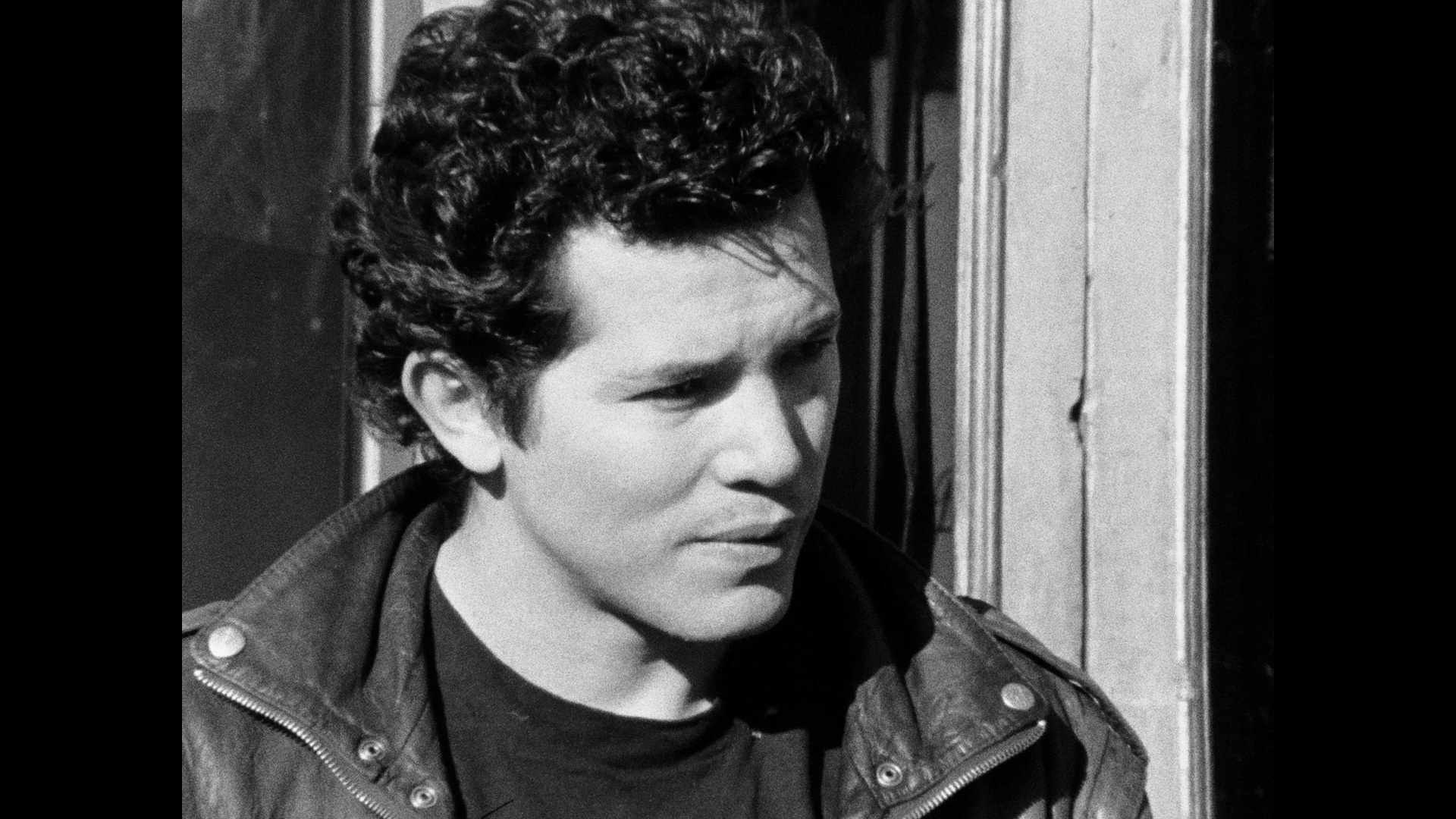 the first half of the '90s, with the height of the AIDS epidemic and a much-publicized crime problem contrasting with a thriving underground scene in every aspect of the arts. Rising out of that era was a small but intriguing series of scruffy indie art-horror films (most shot in black-and-white) about vampires during the time of multiple modern plagues, including Larry Fessenden's Habit, Abel Ferrara's The Addiction, and Michael Almereyda's Nadja. Lesser known and shuffled off straight to video without a traditional theatrical release was Night Owl, a long-gestating project that had cast its leading man, future musician James Raftery, several years earlier during the first attempt to get the film off the ground. Perhaps because it mostly seen only via festival screenings (and a Lifetime thriller with an identical title aired the same year), the film has often been overlooked as the first of the East Village vampire sagas and is most valuable now as a snapshot of the area during a turbulent but exciting moment in time. The film is also significant for an early starring appearance by John Leguizamo, who would go on to collaborate with director Jeffrey Arsenault on some of his earliest and most successful stage productions.
the first half of the '90s, with the height of the AIDS epidemic and a much-publicized crime problem contrasting with a thriving underground scene in every aspect of the arts. Rising out of that era was a small but intriguing series of scruffy indie art-horror films (most shot in black-and-white) about vampires during the time of multiple modern plagues, including Larry Fessenden's Habit, Abel Ferrara's The Addiction, and Michael Almereyda's Nadja. Lesser known and shuffled off straight to video without a traditional theatrical release was Night Owl, a long-gestating project that had cast its leading man, future musician James Raftery, several years earlier during the first attempt to get the film off the ground. Perhaps because it mostly seen only via festival screenings (and a Lifetime thriller with an identical title aired the same year), the film has often been overlooked as the first of the East Village vampire sagas and is most valuable now as a snapshot of the area during a turbulent but exciting moment in time. The film is also significant for an early starring appearance by John Leguizamo, who would go on to collaborate with director Jeffrey Arsenault on some of his earliest and most successful stage productions. 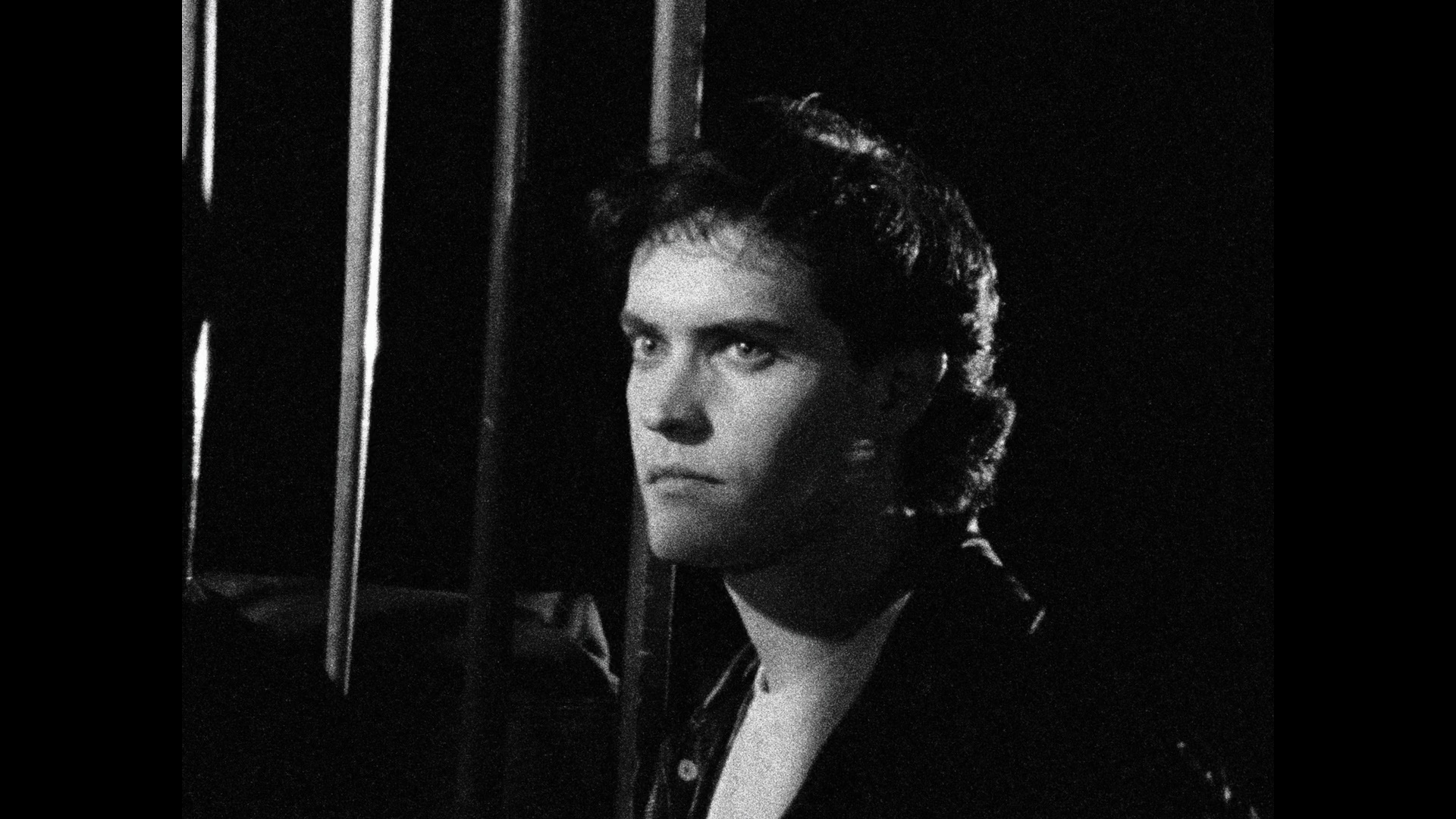 his dark nature.
his dark nature. 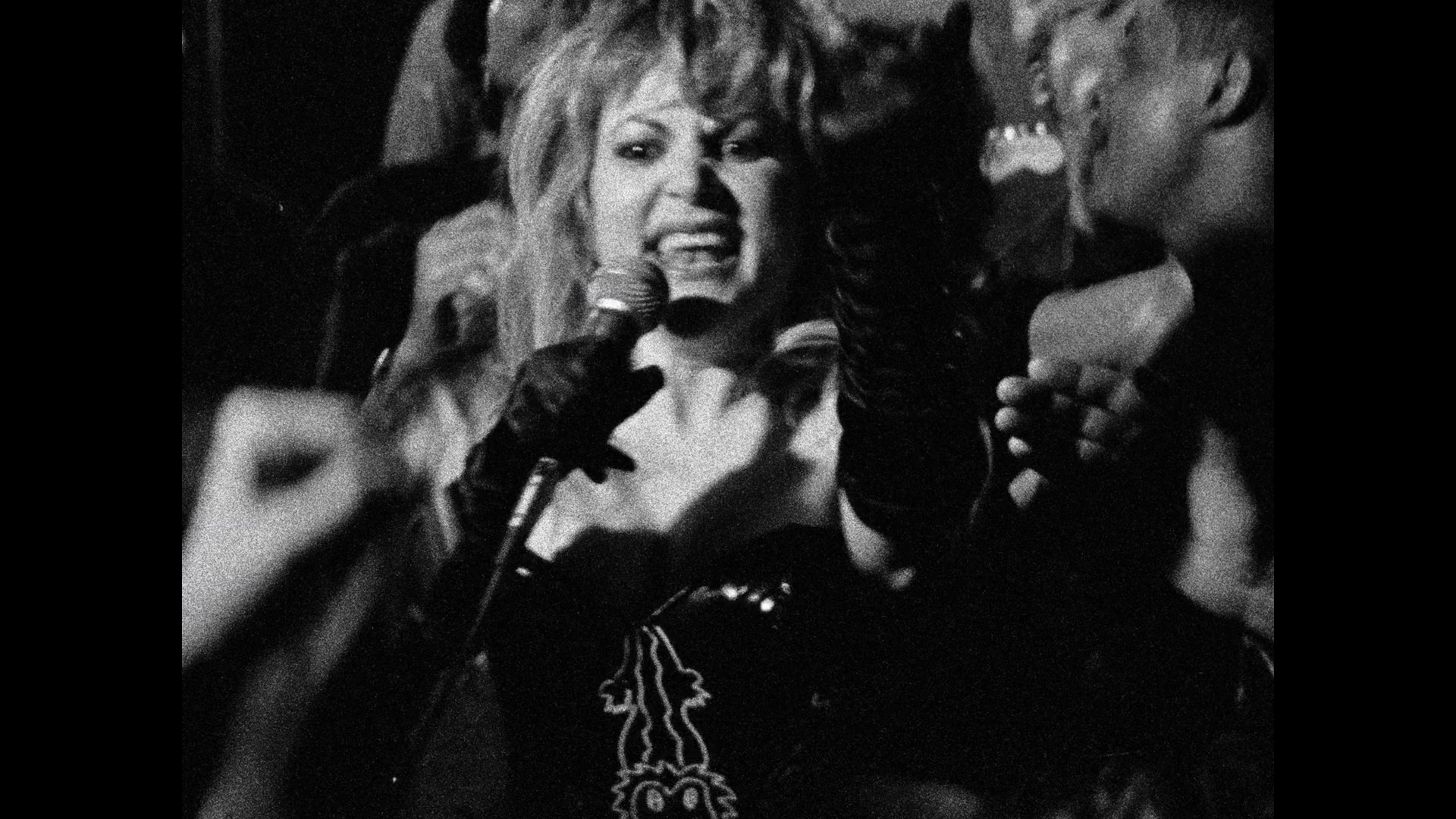 bound to raise a smile from anyone who was around in the early '90s. Raftery is well cast and carries a haunted look well that he achieved through some dedicated method acting around the time, and Leguizamo already commands the screen even this early in his career. Anyone looking for a traditional horror film will be confounded as this is far more in art territory (closest in spirit to something like Ganja and Hess), though it does deliver a few splashes of blood here and there along with some grueling depictions of the nastier consequences of Jake's lifestyle. Today it's also a little surprising the film doesn't have more of a following given that it features appearances by no less than two cult icons, Warhol Factory veteran Holly Woodlawn (as a nightclub patron) and the much-loved Caroline Munro in a TV interview (about Dracula A.D. 1972) conducted just for this film.
bound to raise a smile from anyone who was around in the early '90s. Raftery is well cast and carries a haunted look well that he achieved through some dedicated method acting around the time, and Leguizamo already commands the screen even this early in his career. Anyone looking for a traditional horror film will be confounded as this is far more in art territory (closest in spirit to something like Ganja and Hess), though it does deliver a few splashes of blood here and there along with some grueling depictions of the nastier consequences of Jake's lifestyle. Today it's also a little surprising the film doesn't have more of a following given that it features appearances by no less than two cult icons, Warhol Factory veteran Holly Woodlawn (as a nightclub patron) and the much-loved Caroline Munro in a TV interview (about Dracula A.D. 1972) conducted just for this film. 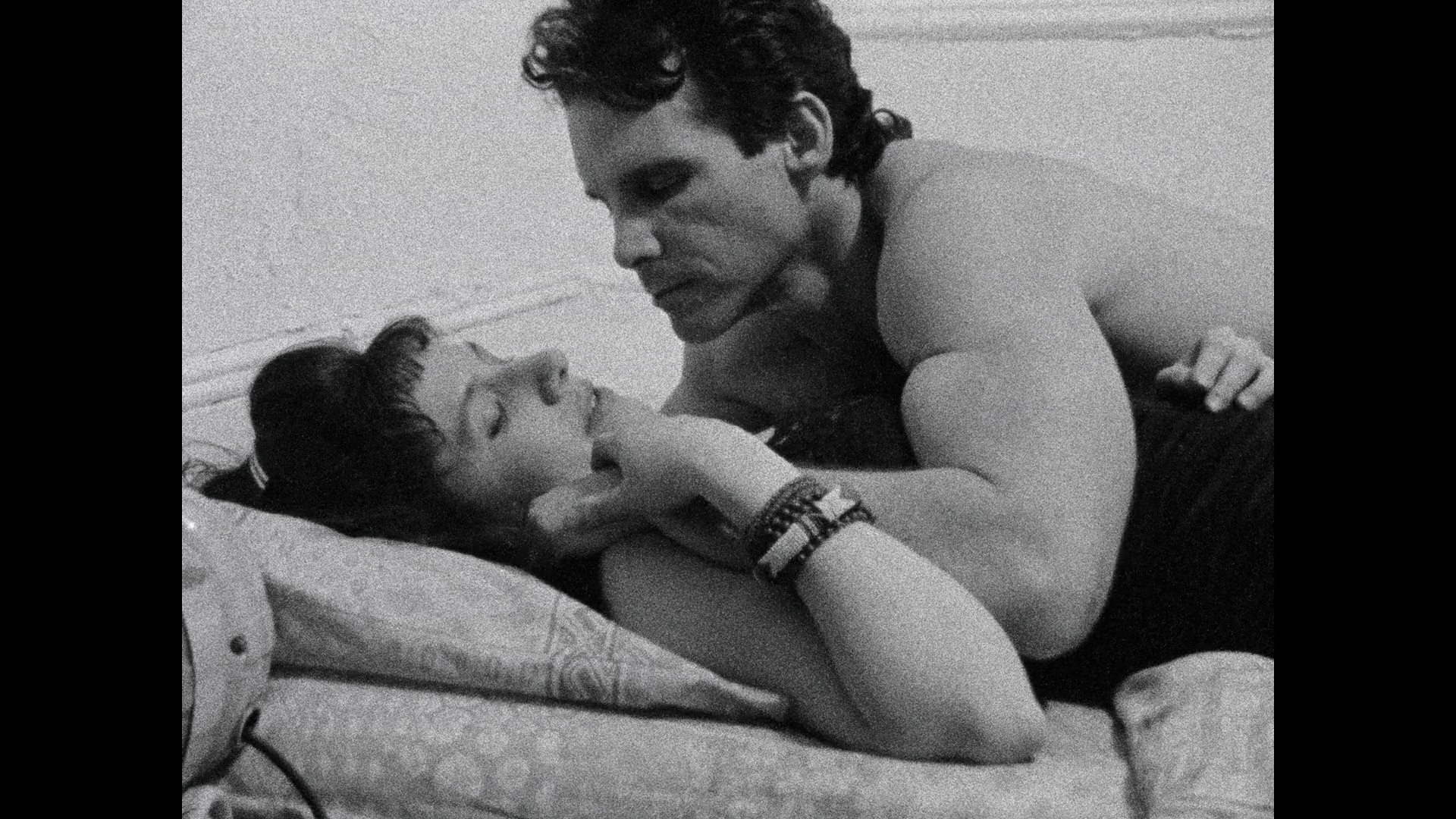 the film doesn't have a very polished sound mix in the first place; optional English subtitles are also included.
the film doesn't have a very polished sound mix in the first place; optional English subtitles are also included. 